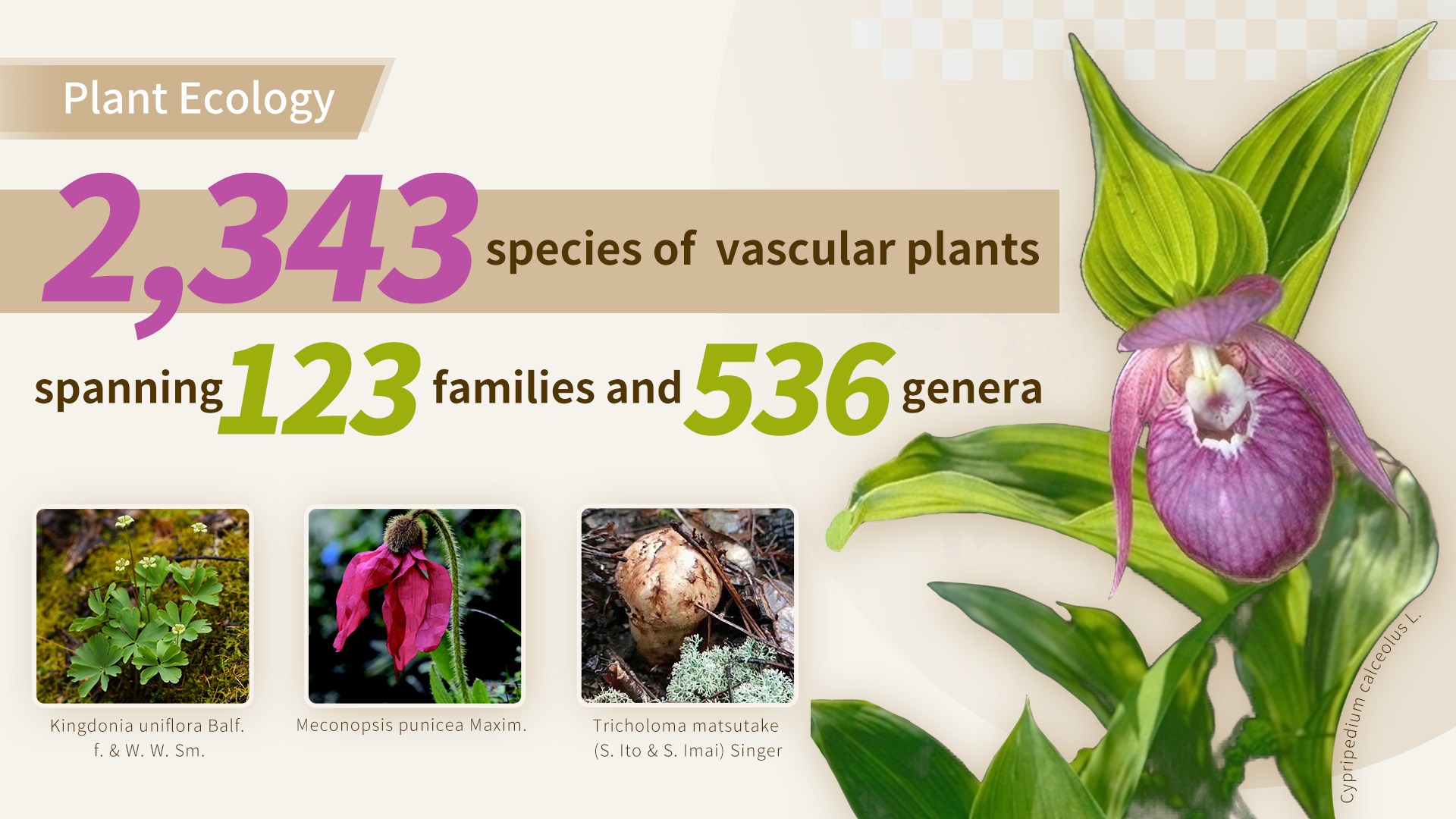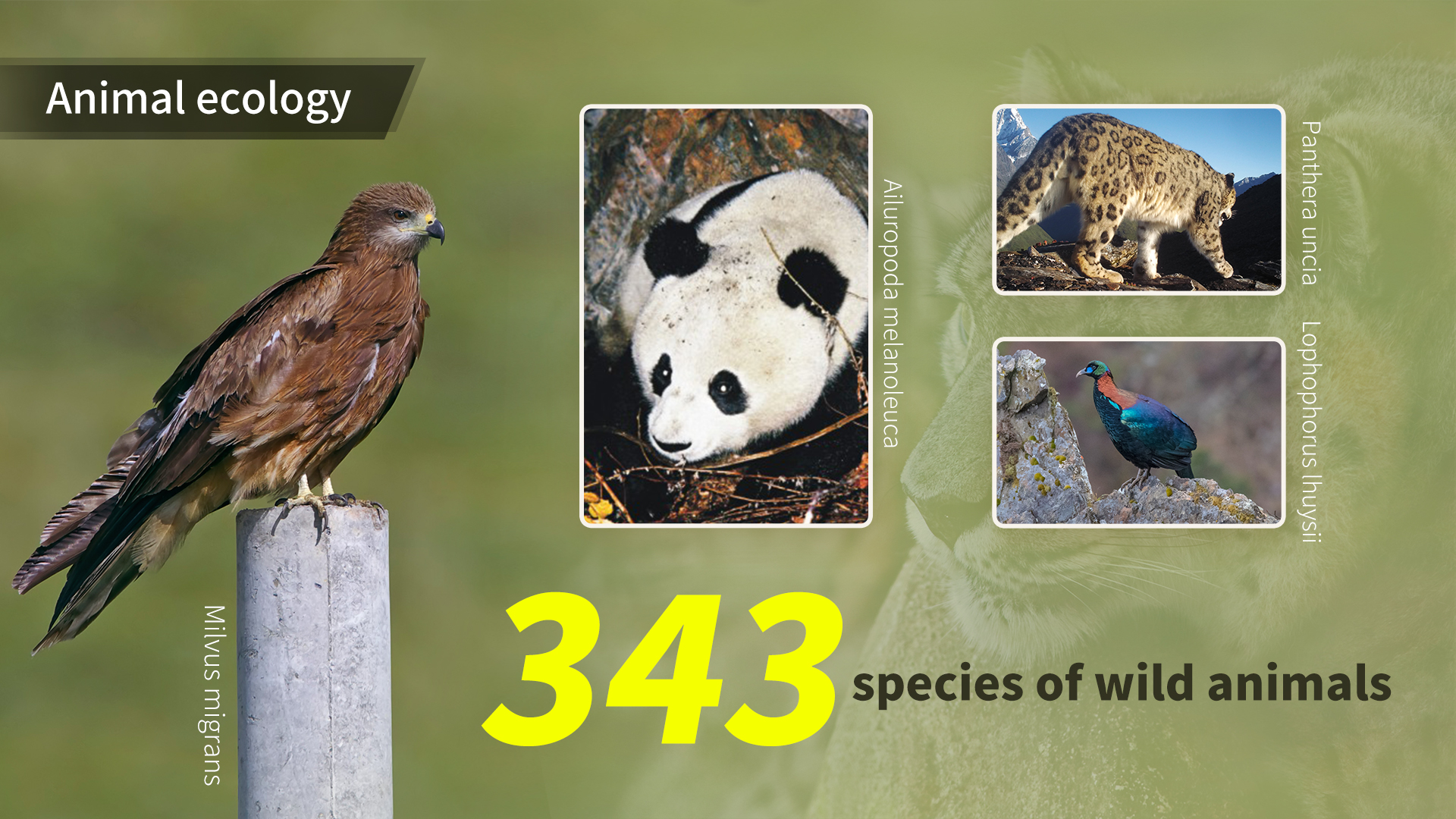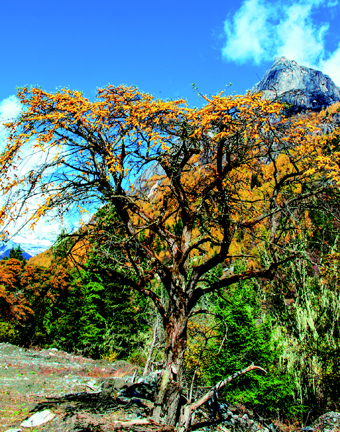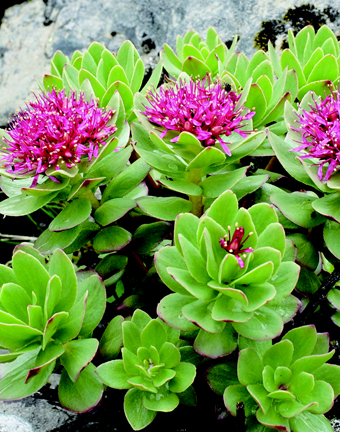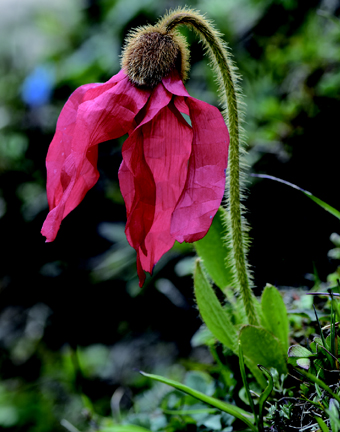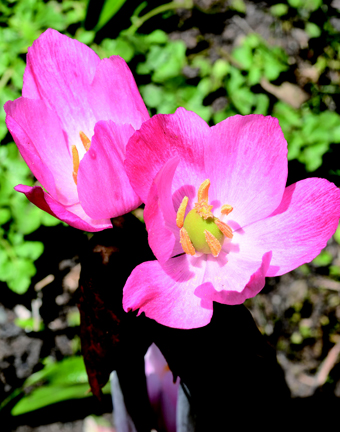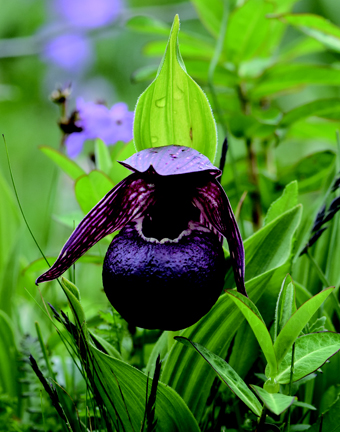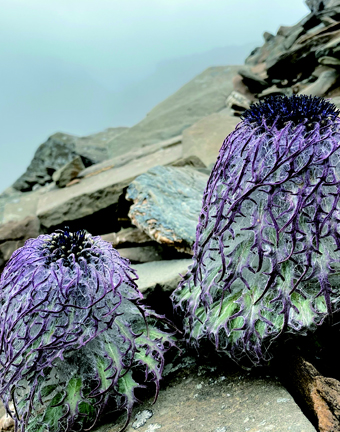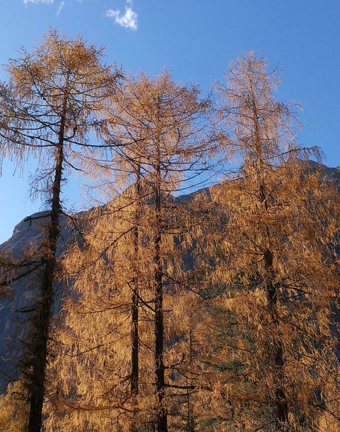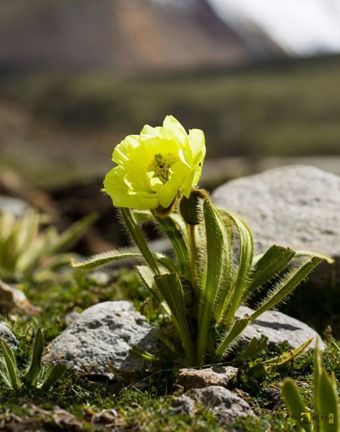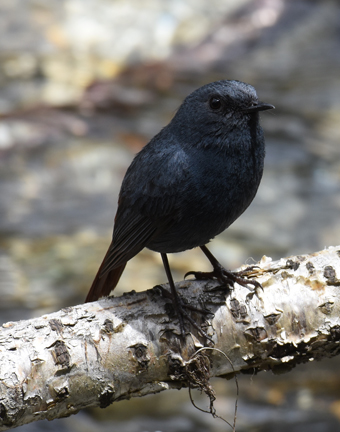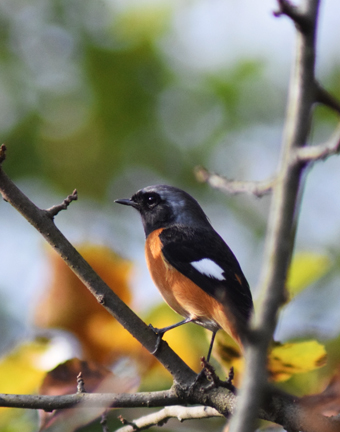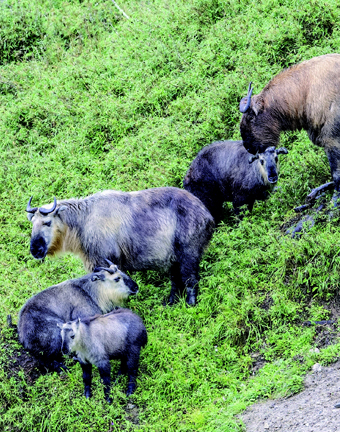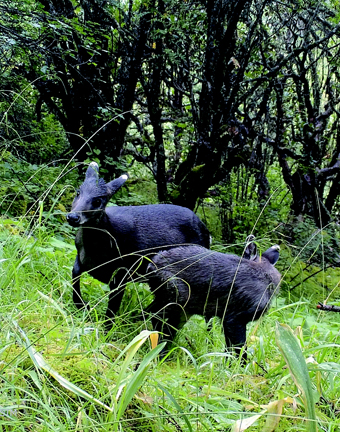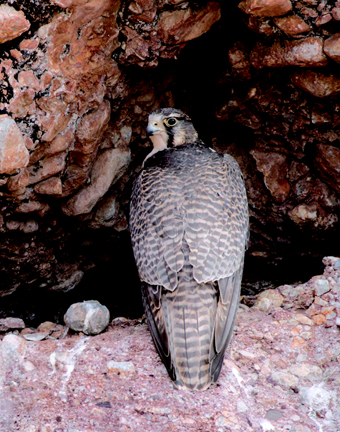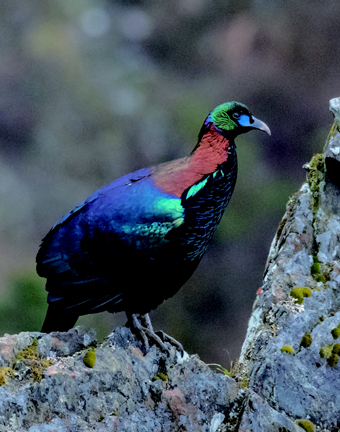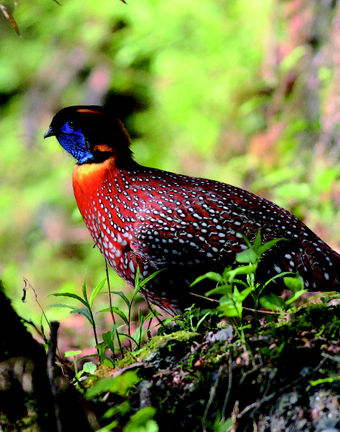Its unique alpine ecosystem
Mt. Siguniang Geopark is part of one of the 36 global biodiversity hotspots (Southwest China). Its unique alpine ecosystem nurtures a rich biodiversity, making it a crucial ecological barrier and corridor for flora and fauna in China, with significant international importance for terrestrial biodiversity. Preliminary surveys and data indicate that the geopark hosts 2,343 species of vascular plants, spanning 123 families and 536 genera.There are many rare and endemic species, including nine species listed as key national protected wild plants, such as Kingdonia uniflora Balf. f. & W. W. Sm and Meconopsis punicea Maxim. It is also home to approximately 103 species of large fungi, with two species listed as key national protected fungi, both of which fall under the second-class national protection. The geopark is inhabited by 343 species of wild animals, including 23 species under national first-class protection and 55 species under second-class protection. Among the nationally protected animals, there are 43 species of birds, 32 species of mammals, and 3 species of amphibians.
Shuangqiao Valley Sea Buckthorn Forest
Mt. Siguniang is home to the largest and most widespread natural forest of Chinese sea buckthorn trees in China, with the oldest trees in this region. Among them, in Longzhuocuo within Shuangqiao Valley stands the oldest recorded Chinese sea buckthorn tree, over 750 years old. Thousands of sea buckthorn trees, either twisted or extending in unusual shapes, exhibit the ruggedness of gnarled old pines while displaying the delicate beauty of garden bonsai while maintaining their towering and majestic stature.
Mu'erzhai Valley Sea Buckthorn Forest
The uniquely shaped Chinese sea buckthorn forest in Mu’erzhai Valley forms a distinctive landscape feature. The valley is densely populated with sea buckthorn trees, characterized by their unusually shaped trunks and lush foliage, bearing a strong resemblance to the Withered Tree River Beach in Changping Valley.
Hongqiao Valley Sea Buckthorn Forest
Hongqiao Valley stretches approximately 30 kilometers. Expansive tracts of native Chinese sea buckthorn forests thrive in alpine gorges at elevations above 3,000 meters. The trees, with their gnarled and vigorous trunks, are mostly over a hundred years old. They create a picturesque and harmonious landscape with snow-capped peaks, mountain streams, and alpine meadows.
Shuangqiao Valley Redwood Forest
At an elevation of 3,840 meters, this is the final scenic spot in Shuangqiao Valley. Stretching for 2 kilometers and covering over 50 hectares, the Chinese redwood (Larix potaninii) forest forms a complete and unique vegetation community in which deciduous conifers coexist with evergreen needleleaf species such as Picea purpurea (purple cone spruce) and Abies fabri (fir), along with alpine shrubs including rhododendron, honeysuckle, and sea buckthorn.
Majia Valley Spruce Forest
Extensive spruce forests grow in valleys at elevations ranging from 2,800 to 4,000 meters. With an average height of about 30 meters, these tall, straight trees rise like green towers. They form a well-structured vertical ecosystem with firs, rhododendrons, and other plants. As one of the best-preserved examples of primary dark coniferous forests on the Western Sichuan Plateau, they represent a typical alpine forest ecosystem.
Jiajin Mountain Redwood Forest
Located on the border between Baoxing County and Xiaojin County in Sichuan, this area is home to a rare primary forest of Larix mastersiana (Sichuan Redwood) in the northern section of the Hengduan Mountains. Thousands of redwood trees grow on mountain slopes at elevations ranging from 2,500 to 3,500 meters, with their trunks rising straight like swords. In late autumn, the mountains are ablaze with color, earning the nickname “Flaming Corridor of the Western Sichuan Plateau.” It is both a vital site for scientific research and a paradise for hikers and photographers searching for light and shadow.

